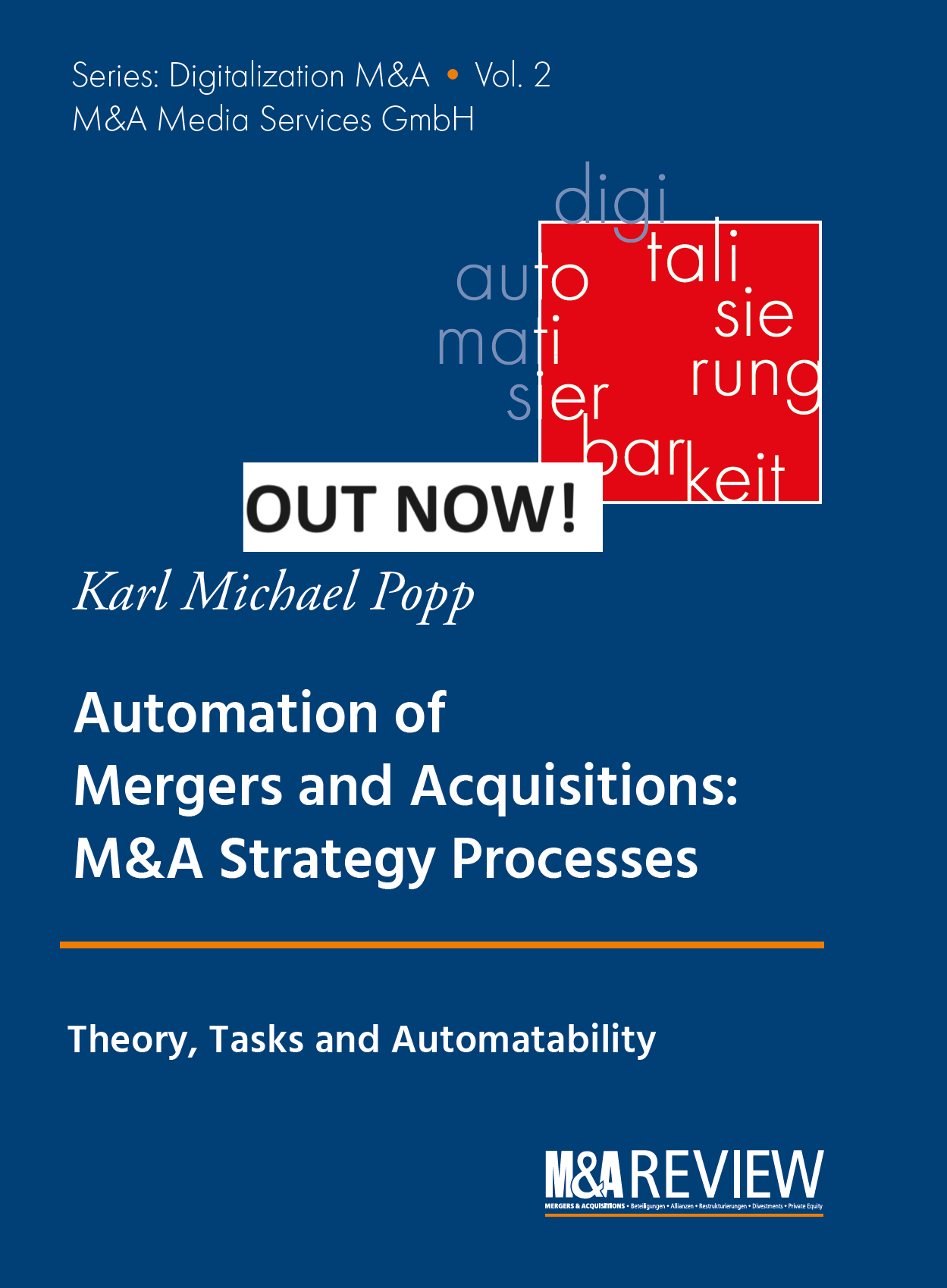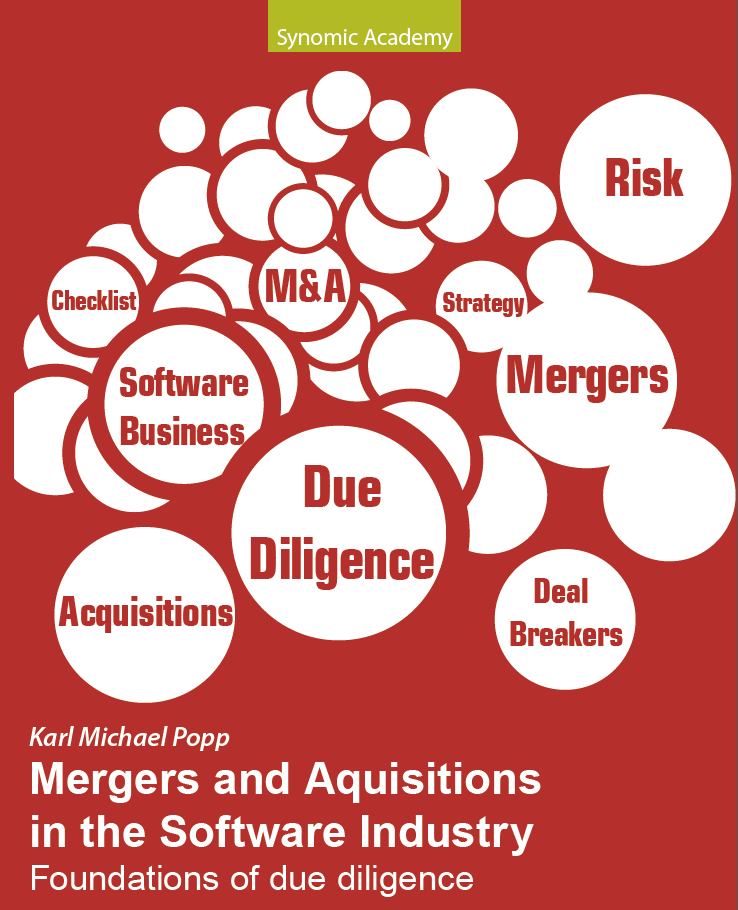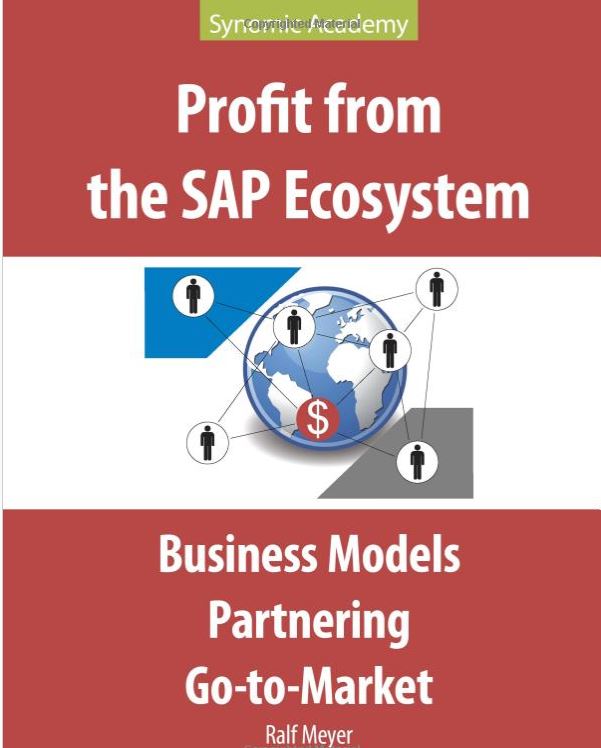Two best practices for managing the integration project
Best practices in merger integration have to include many aspects like timing, project management, handling exceptional situations and decisions and when to end the integration project.
In merger integration activities timing is essential. So when is the right point in time e.g. to merge teams of acquirer and target that do similar things? When is the knowledge of the acquirer complete to integrate HR functions of the acquired company? When is the right time to end the integration project?
Merger integrations are also high-risk, high effort topics that have to manage numerous exceptional situations. Project management practices are made for such projects. But there is the risk of keeping project members hostage in reporting activities instead of focusing on resolving issues and completing tasks. So a key aspect is to find the right dose of project management for keeping project control by providing appropriate follow-up and execution of critical tasks and minimizing the project management workload on project members.
Let us quickly look at the topics: “When to mix up teams working on the same topics?” and “When to declare the end of the integration project?”
When to mix up teams working on the same topics?
So when is the right point in time e.g. to merge teams that are working on the same tasks, selling to the same customers, producing similar work results? We discussed different aspects.
The first one is that the acquirer has to have sufficient knowledge about all departments or teams that have to be integrated. Without that knowledge it is impossible to plan and execute change management needed for the transition into a merged team.
The second aspect is if the time is right to integrate if the immediate value of integration is maximized or the confusion and trouble is minimized. One example is the immediate integration of finance activities for maximizing the value for the acquirer to be in control of finance. Another one is integration of sales teams to avoid having two different, competing sales teams as “one” face to the customer.
When to declare the end of the integration project?
Ending the integration project makes sense when at least one or more of the following goals have been reached:
· integration plan has been fully executed,
· benefits of the acquisition have been reached or
· organizational performance (fully functioning and stable merged organization) is ensured.
The selection of one or more of these goals depends very much on attributes of the merger, specifically on the department (or corporate function) to be integrated, on the culture of the target and the acquirer and on the integration strategy, like e.g. if the target should stay separate or should be fully integrated into the acquirer. Depending on the size of the M&A and merger integration team, the support of these teams might end earlier due to high workload or focus on new, different M&A and integration projects.
Find more information in the book “Mergers and acquisitions in the software industry” (click here for German version) and at the German Event Denkfabrik 2019









